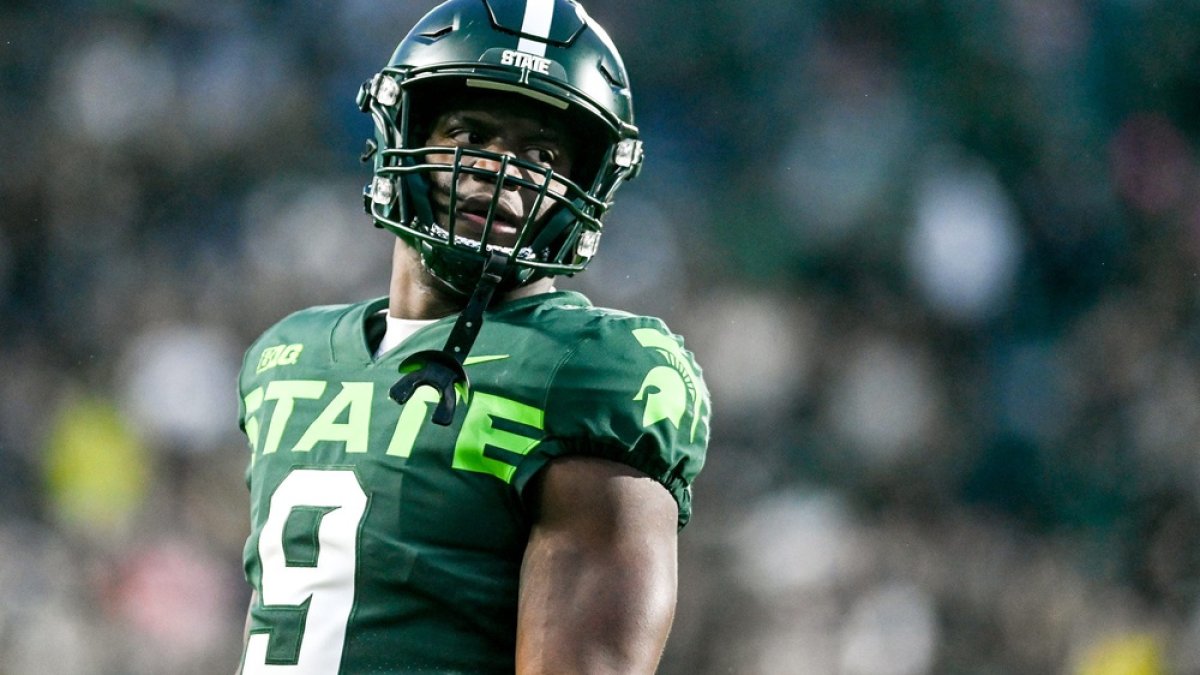Comparing current 2022 NFL Draft prospects to those of past years is standard procedure in draft evaluation, though most comparisons are built on the memory recall and subjective opinion of the particular evaluator.
In this series of articles, I will compare the 2022 draft prospects to prior years and pick out the most similar comps with a clearly delineated and quantifiable method.
Click here for more PFF tools:
Draft Guide & Big Board | Mock Draft Simulator
Dynasty Rankings & Projections | Free Agent Rankings | 2022 QB Annual
Player Grades
PFF data scientist Eric Eager has done tremendous work building college-to-pro projections, which are built off the robust college data we’ve collected since 2014 and have been applied to exercises like building an “analytics” mock draft.
In this analysis, I will use some of our advanced stats for comparison but primarily rely on traditional stats to go back further and compare the 2022 prospects to draft classes going back to 2006.
METHODOLOGY
The comparisons below were derived from a two-step process. First, I converted all the most statistically relevant stats and measurables to percentiles based on the thousands of prospects who have entered the NFL since 2006.
The matching features were transformed by principal component analysis (PCA). I found the closest statistically comparable players by the Euclidean distance between the players' principle components, listed in the top 10 below.
For draft position, I’m using an estimate based on the mock data collected at Grinding The Mocks. The college statistical metrics for PCA are best-season market share of team total yards, market share of team touchdowns, rushing attempts per game and market share of team receptions.
I also included the most important running back workout metrics for NFL and draft position: weight, vertical jump and 40-yard dash time.
I’m taking the best number from either the prospects' NFL scouting combine or pro day performances. If the 40-yard dash time or vertical jump are missing, I estimate them based on historical modeling with weight and available other workout metrics.
Related content for you:
NFL Draft: Which general managers make the best draft-day trades? via Conor McQuiston
MOST COMPARABLE PLAYERS
Kenneth Walker had a tremendous NFL combine, finishing with the second-best composite score by my model. There is no denying Walker’s explosive speed, running a 4.38-second 40-yard dash at 211 pounds. Walker’s draft stock didn’t move much according to recent mock drafts, but a flat curve is still positive in light of the hype around fellow prospect Breece Hall.

The biggest question for Walker is if he can expand his receiving work in the NFL. Pass-catching running backs, especially in fantasy football, have become increasingly important over the years. Walker only recorded 16 targets and 13 receptions in 2021 in addition to 10 total targets and five receptions in the two seasons prior.
Exclusive content for premium subscribers

WANT TO KEEP READING?
Dominate Fantasy Football & Betting with AI-Powered Data & Tools Trusted By All 32 Teams
Already have a subscription? Log in




 © 2025 PFF - all rights reserved.
© 2025 PFF - all rights reserved.